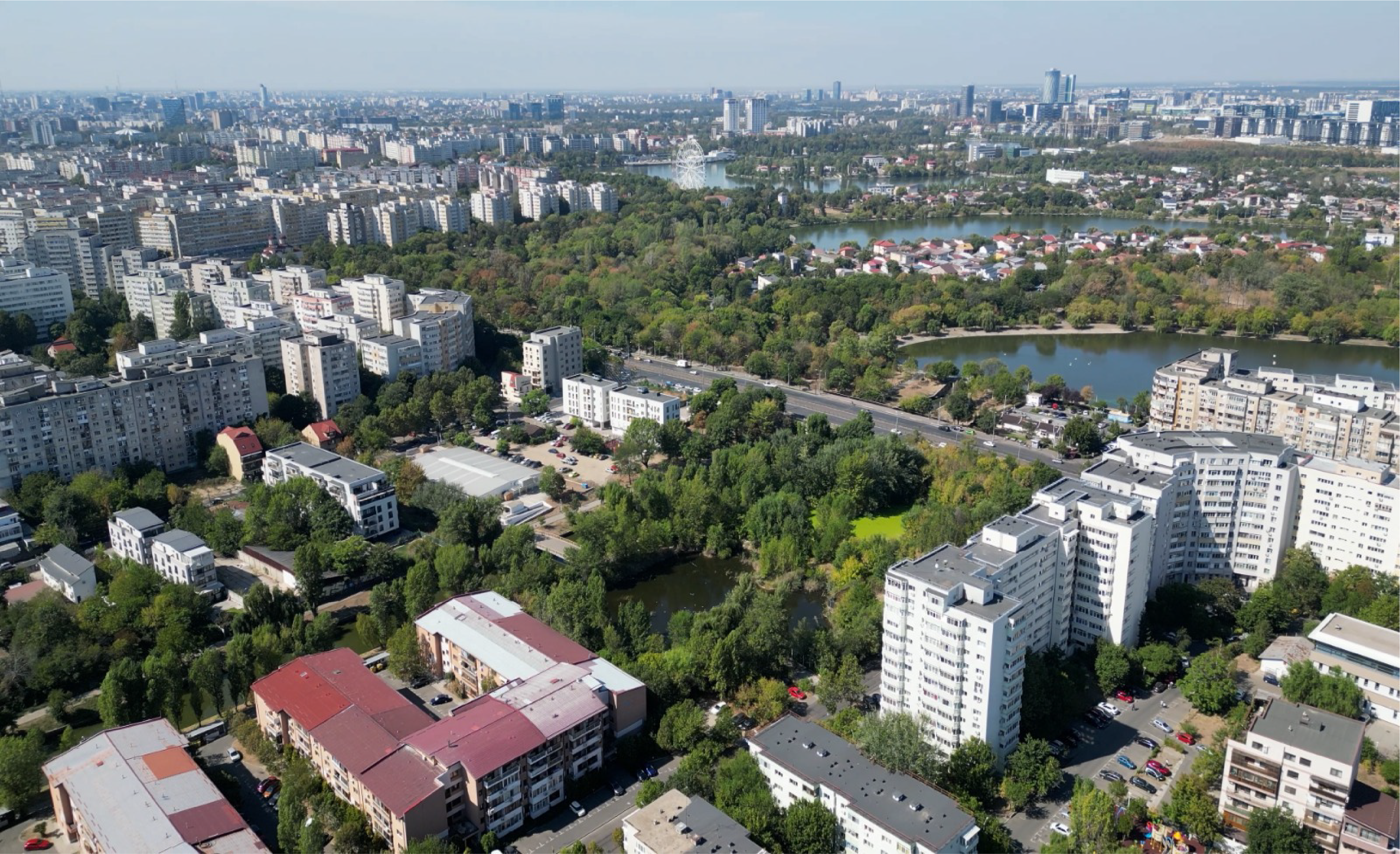Bucharest's Pilot Activity: Urban Regeneration & Administrative Capacity Building for Sustainable Development & Emissions Reduction (URBANWISE)

Background
2nd District of Bucharest Municipality has taken significant steps towards decarbonisation, particularly in the emissions domains related to stationary energy and infrastructure.
Bucharest city faces these challenges:
- Air Quality: pollution from road traffic, with values exceeding the limit 21 times for PM10 particles in 2020.
- Low Waste Sorting: with less than 1.5% rate from 2015-2021.
- Limited Green Areas per square metre and person
- Personal Vehicle Traffic: Personal cars contribute to over 60% of air pollution emissions.
- Energy Inefficiency: Buildings account for 58% of energy consumption in 2nd District of Bucharest.
The pilot activities within the district’s commitment to mitigate greenhouse gas emissions (GHG) by 2030 are strategically aligned with the city’s carbon neutrality ambition. These activities aim to address key emissions domains acting on 3 layers: environmental, social and administrative. The primary emissions domains of focus include green space, waste management, transport and energy use.
Description of Activities
The project proposes a series of activities aimed at enhancing the administrative capacity of the 2nd District of Bucharest Municipality to assess, reduce, and monitor emissions through tailored solutions. These solutions will be adapted for specific zones within the district, encompassing various types of urban structures, including residential buildings, public green areas, public transportation, schools, etc.
The project is focused on two approaches – needs assessment and solutions deployment – which will be applied for each of the 3 layers: social, spatial and administrative. Some of the key activities per layer are:
- Social layer: Digital Platform for Carbon Footprint Assessment and Sustainable Behaviour Change implementation
- Spatial layer: Inclusive Green Public Spaces and Sustainable Transportation
- Administrative layer: Sustainable Development Strategy with Detailed Governance Guidelines
These pioneering activities will support the Municipality to assess, pilot and implement several decarbonisation strategies, with focus on environmental quality enhancement, community engagement and administrative capacity building. They aim to create a lasting impact on urban sustainability and carbon reduction by engaging citizens, implementing smart solutions and influencing policy and governance.
Objective
The project aims to foster sustainable urban development, engage the community, and promote decarbonisation in the 2nd District of Bucharest Municipality, with a strong focus on environmental awareness, capacity building, and long-term impact.
Are the pilot activities building upon or part of a previous and/or existing activity?
2nd District of Bucharest has adopted the Integrated and Sustainable Local Development Program 2021-2027 encompassing all sustainable development concepts adapted at the district level.
Other projects in the city include:
- DivAirCity addressing social inequality, health and air pollution with co-creation solutions
- WeGenerate aimed at implementing innovative solutions for sustainable urban regeneration and energy communities building
- ReGreeneration bringing four cities on board as leaders for exploring how renaturing solutions can be implemented in very heterogeneous dysfunctional urban sites
- OPEN Garden aimed at creating open community gardens in residential buildings
Which emissions domains will the pilot activities address?
Systemic transformation – levers of change the pilot activities will exploit
Stakeholder types that the city would like to engage in the pilot activities
Transferable features of the pilot activities to a Twin City/ies
- Co-design methodologies of green spaces and nature-based solutions through public-private partnerships and social participation
- Social activation and education methodologies on nature-based solutions, access and amplification of green spaces
- Citizen and stakeholder engagement tools (i.e. Digital Platform for Carbon Footprint Assessment)
This answer is not exhaustive and simply an indicative one.
Enabling conditions that will support the successful replication of your pilot activities in the Twin City
Given the fact that the main barriers are related to reluctance of people to adapt to change, the enabling conditions are driven by the skills and attitudes within the local administration but also at the social level.
This answer is not exhaustive and simply an indicative one.
What does the city want to learn from Twin City/ies?
1. Development and implementation of sustainable urban planning practices, especially in protected areas like historical city centres. Advise on aesthetic and functional aspects that are needed in the cities.
2. Integration of smart technologies into urban management and services: details on the necessary infrastructure, costs, maintenance challenges, feasibility.
3. Maintaining and showcasing historical sites (city centre), developing cultural festivals and creating educational programs that highlight the district’s unique heritage.
4. Strategies for economic revitalisation and the development of innovation ecosystems: best practices on public-private entities collaboration.
5. Active community participation in urban development processes: what are the tools, funding, legislative background needed?
This answer is not exhaustive and simply an indicative one.

